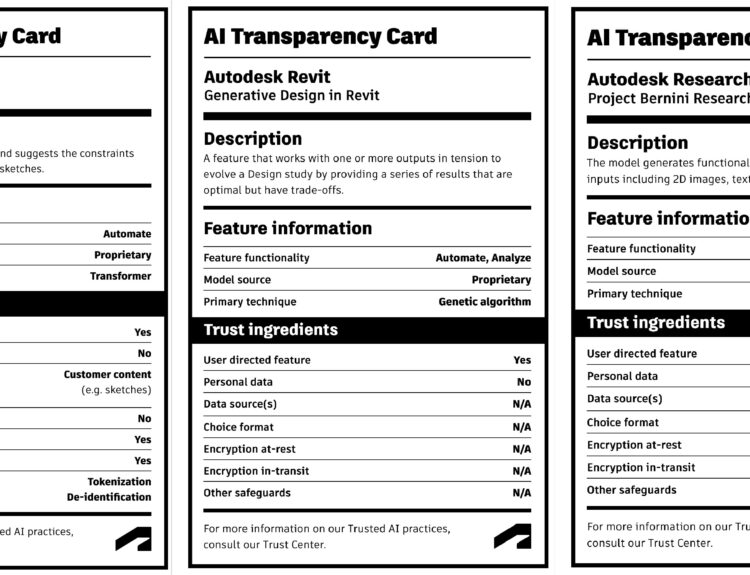There are some big changes coming in the United States to people flying UAS (drones) recreationally, especially in cities and controlled airspace. I am writing this blog post from an area of class c airspace in downtown Portland Oregon. It basically levels the field for recreational and commercial part 107 UAS operators. There were times where I as a commercial operators couldn’t fly in a controlled airspace without 3 months of an airspace authorization and waiver requests or more recently an online LAANC authorization but recreational flyers could fly that exact same place with less restrictions although being controlled airspace there was a risk with normal air traffic patterns in that airspace. Someday I see all UAS drones having to have a transponder so that local air traffic control know where they are flying to avoid conflicts between all aircraft operating in that airspace. The changes mainly are that recreational flyers must get an authorization to fly in controlled airspace and no longer just attempt a call to an airport and if they didn’t answer that was ok to fly. It6s a good thing that people are concerned with all that flies above us each day in the federal airspace.
https://www.faa.gov/uas/recreational_fliers/
https://www.faa.gov/news/updates/?newsId=93769
A take on the rules from a source outside the FAA: New FAA Recreational Drone Laws [May 2019]
Another rule enacted:
FAA Establishes Restrictions on Drone Operations Near U.S. Navy Vessels
More guidance on flying recreational drones.
Know Before You Fly
Before having fun flying, you must be safe.



